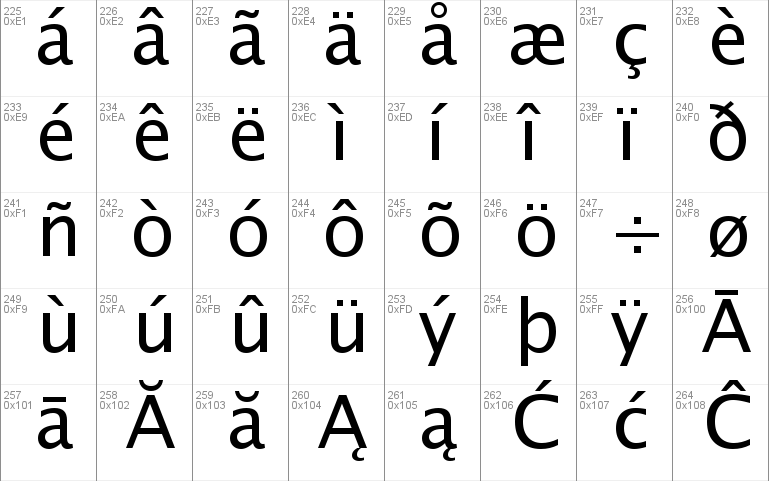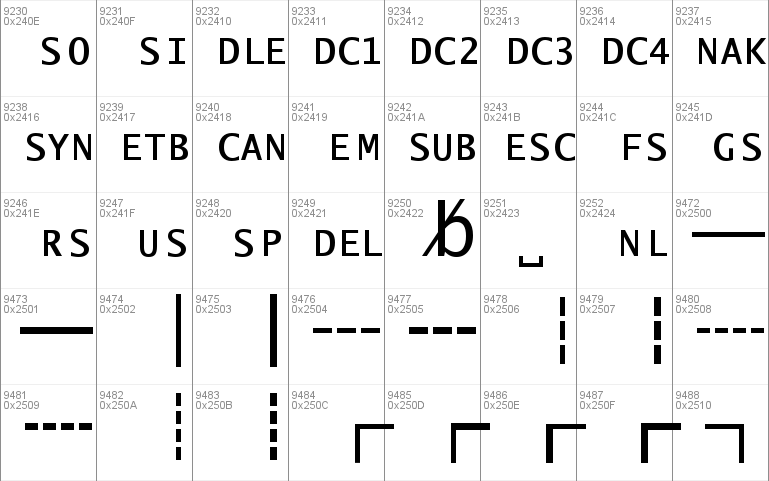

The fact that the amplitude peak seams to be in the F4-F5 range (i.e. High amplitude, high frequency frication is sibilance. Probably still voiced, although this bit if high-amplitude frication is a bit short to be certain Note the clear burst running the top to bottom at about 320 msec, and the very high amplitude noise in the F3-F4-and-higher range. Note the fricative release, treated separately. Not really velar-pinchy looking, but that might be a good guess, but I don't want to open up the post-alveolar-as-palatal-as-fronted-velar debate at this moment. Definitely not labial, due to the rising F2 into and falling F2 out. And note the clear voicing striations at the bottom. This is (weird echoey noise at 1500 Hz aside) a gap, indicating a good stop closure. I'm still trying to decide of the noise I get in otherwise well-behaved stops is just me, my recording environment (I usually just sit in my office for these things), my microphone (which isn't bad in the abstract), or some combination. The rising F2/F3 are probably transitions into the following consonant. F3s that low can only be North-American approximant /r/. Well, haivng already mentioned the F3, I'll just say there it is. Why on earth an initial fricative should vocalize quite like /v/ always seems to do is quite beyond me.

There's also just a trace of noise in F3 and F4, and certainly in the transition between this thing and the following vowel, which might indicate an underlying fricative. This one is tough, but the transitions in F4 and F5 (if you can convince yourself to see them) may indicate labiality. (The apparent zeroes above 2000 Hz are attributable to the general lack of energy/amplitude, since the energy in voicing drops off something like 6dB/octave under normal conditions.)įor those of you who are noticing the extremely low F3, you may want this to be an /r/.īut I've rarely seen an utterance-initial /r/ with a) so much energy, b) a distinct steady state that is that long, and c) any energy above F3.Īnd check out the F4, which seems to be rising. So we're clearly looking at a sonorant consonant, and probably not nasal, since there's no zero in the usual range. These resonances are weak, compared to the following vowel. Very sonorant, there being resonances (formants) about, well, in the low-to-mid F1 range and teh very low F2 range. Parthenogenesis has been reported in a white spotted bamboo shark at Belle Isle Aquarium in Detroit, MI.īelle Isle Aquarium appears to be affiliated with the Detroit Zoological Institute but they don't seem to have their own website. In case you're wondering, yes, this happened.


 0 kommentar(er)
0 kommentar(er)
